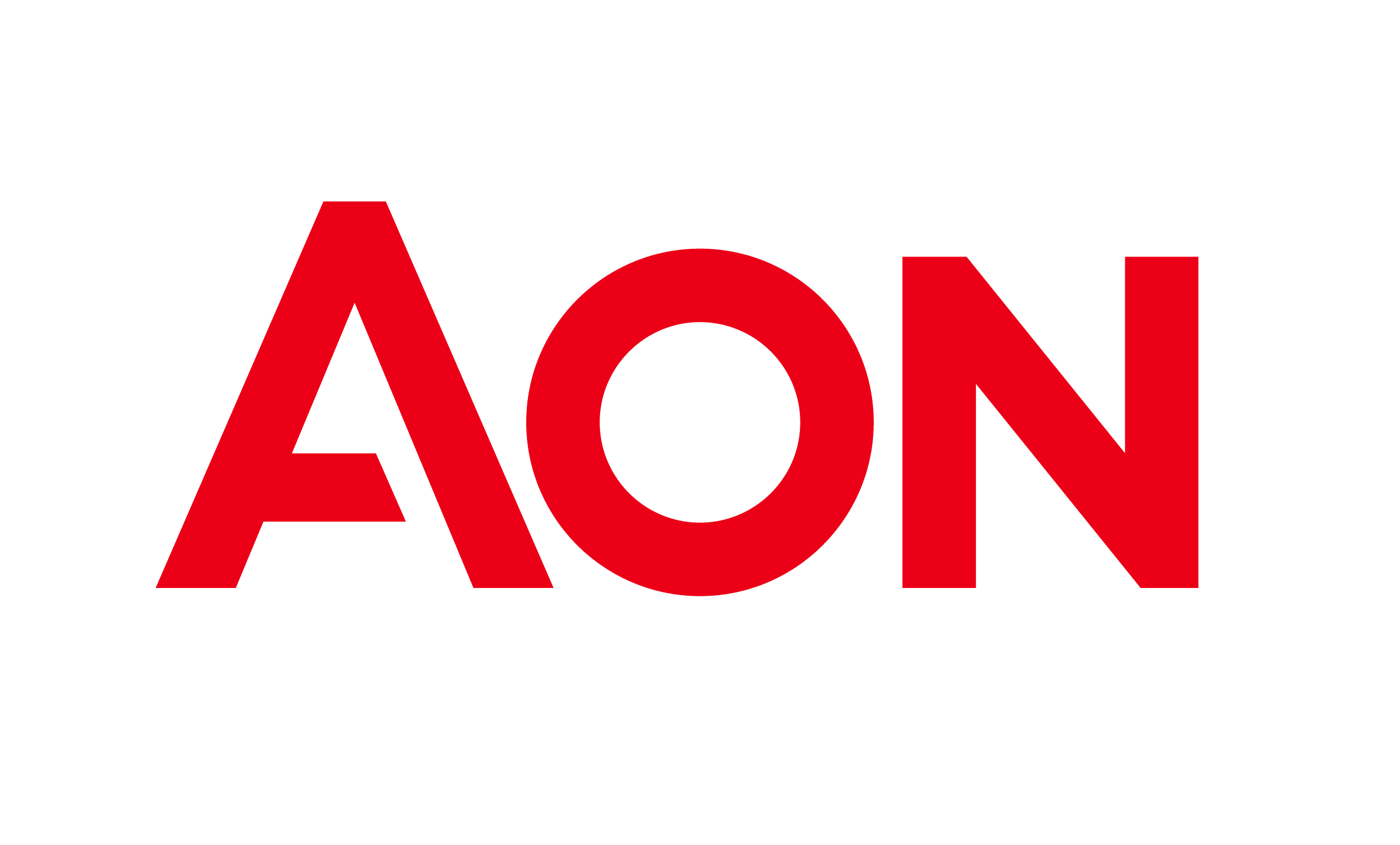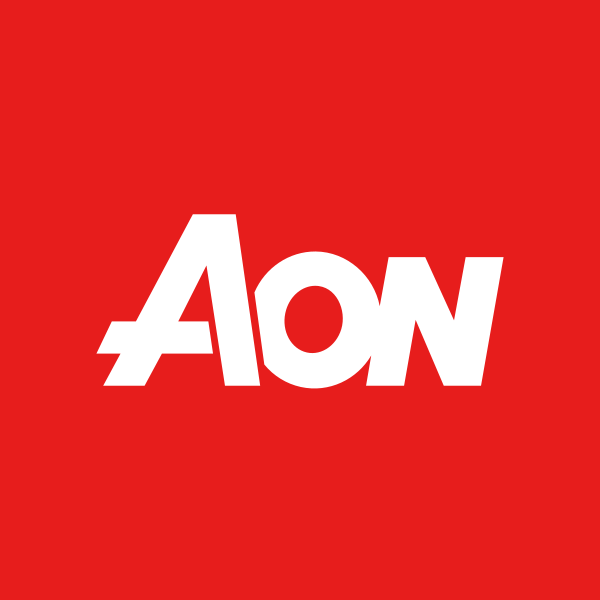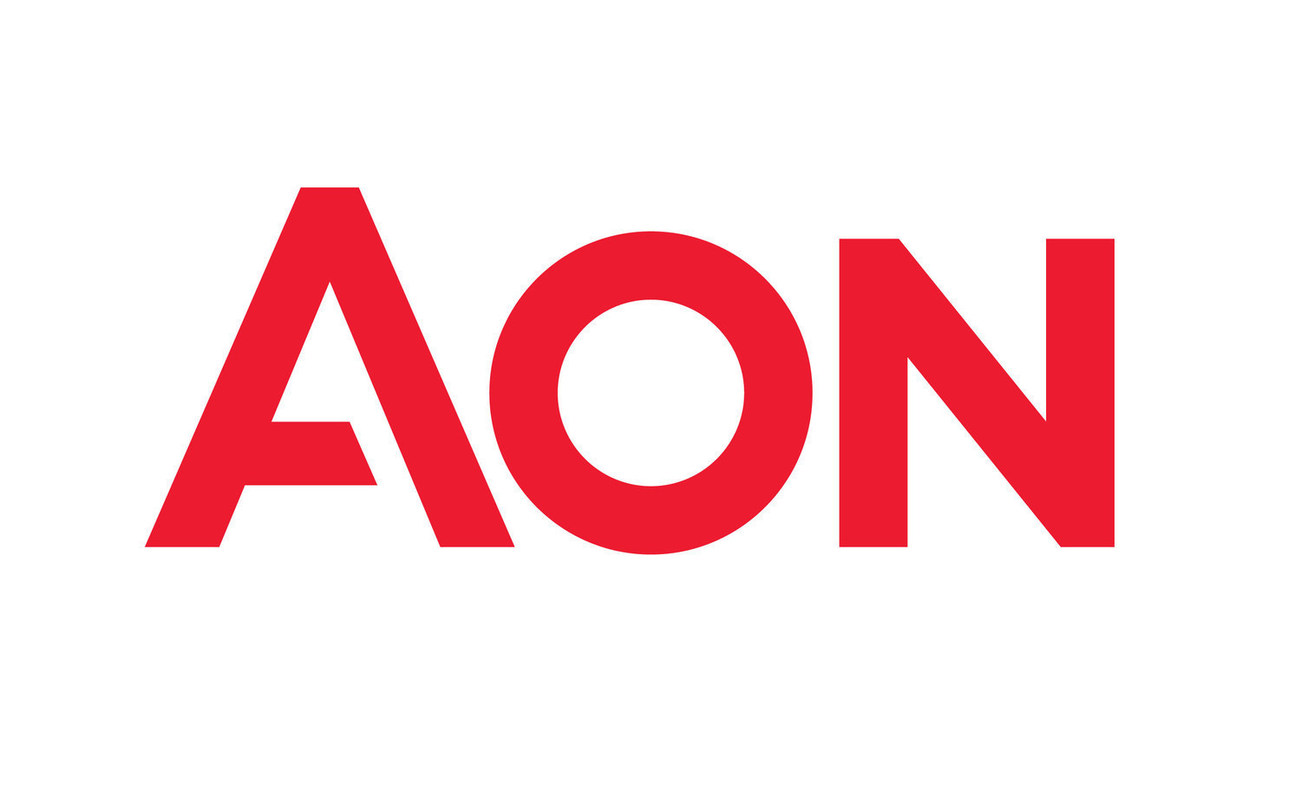Aon plc Misses Q1 Earnings and Revenue Forecasts - Financial Analysis

Aon plc (AON:NYSE) Misses Q1 Earnings and Revenue Forecasts
On Friday, April 26, 2024, Aon plc (AON:NYSE) disclosed its financial results for the first quarter, which did not meet the expectations set by analysts. The company reported an earnings per share (EPS) of $5.35, missing the forecasted $5.86. Additionally, AON's revenue for the period was reported at $4.07 billion, slightly below the anticipated $4.13 billion. This performance indicates a discrepancy between the company's actual financial outcomes and what was expected by the market.
The shortfall in AON's earnings and revenue can be attributed to increased expenses and high debt levels, as highlighted by Zacks Investment Research. These factors have evidently impacted AON's ability to achieve the forecasted financial metrics. The company's anticipation of interest expenses amounting to $216 million for the second quarter of 2024 further underscores the financial challenges it faces, particularly in managing its debt.
Despite the earnings miss, AON did report a year-over-year increase in its EPS from $5.17 per share the previous year to $5.66 per share. This indicates that while the company did not meet the expectations for this quarter, it has shown some growth in earnings compared to the same period last year. However, this growth was not sufficient to meet the analysts' estimates, reflecting the ongoing financial pressures on the company.
In terms of valuation metrics, AON exhibits a price-to-earnings (P/E) ratio of approximately 21.95, which provides insight into how much investors are willing to pay for each dollar of earnings. The company's price-to-sales (P/S) ratio stands at about 4.17, and its enterprise value to sales (EV/Sales) ratio is roughly 5.35, indicating the market's valuation of the company's sales. Additionally, the enterprise value to operating cash flow (EV/OCF) ratio of around 22.03 and an earnings yield of approximately 4.55% offer perspectives on the company's valuation in relation to its operating cash flow and the potential return on investment for shareholders. With a current ratio of 1.31, AON demonstrates its capability to cover short-term liabilities with its short-term assets, which is a positive sign for its liquidity position.
Overall, AON's first-quarter financial performance reflects the challenges it faces in terms of increased expenses and managing high debt levels. While the company has shown some growth in earnings year-over-year, it still fell short of market expectations. The detailed financial ratios provide a comprehensive view of AON's valuation and financial health, indicating areas where the company excels and where it may need to focus its efforts for improvement.
| Symbol | Price | %chg |
|---|---|---|
| POLICYBZR.NS | 1594.2 | 0 |
| POLICYBZR.BO | 1590.95 | 0 |
| MMC | 219.24 | 0 |
| AJG | 322.3 | 0 |

Aon plc (NYSE:AON) Earnings Report Overview
- Aon reported an EPS of $5.67, missing the Zacks Consensus Estimate by 6.1%.
- The company's revenue was $4.73 billion, a 16% year-over-year increase but below the estimated $4.87 billion.
- Aon's operating expenses surged by 25% year-over-year, yet it achieved a 5% organic revenue growth.
Aon plc (NYSE:AON) is a leading global professional services firm providing a broad range of risk, retirement, and health solutions. The company operates in the insurance brokerage industry, competing with firms like Marsh & McLennan and Willis Towers Watson. Aon's services are crucial for businesses seeking to manage risk and optimize their financial performance.
On April 25, 2025, AON reported earnings per share (EPS) of $5.67, which was below the estimated $6.01. This represents a 6.1% miss from the Zacks Consensus Estimate, as highlighted by Zacks. Despite this, the EPS showed a slight increase from $5.66 in the same quarter last year, indicating some growth.
Aon's revenue for the quarter was $4.73 billion, falling short of the estimated $4.87 billion. This revenue figure was 2.6% below the consensus expectations, resulting in a revenue surprise of -2.63%. However, it marked a 16% year-over-year increase, showcasing the company's ability to grow its top line despite challenges.
The company's operating expenses surged by 25% year over year to $3.3 billion, driven by costs related to the NFP acquisition and higher expenses linked to organic revenue growth. Despite these rising costs, Aon achieved a 5% organic revenue growth, indicating strong underlying business performance.
Aon's financial health is reflected in its debt-to-equity ratio of approximately 2.62, suggesting a higher reliance on debt financing. The current ratio of about 1.05 indicates that Aon has slightly more current assets than current liabilities, which is a positive sign for its short-term financial stability.

Aon plc (NYSE:AON) Sees Positive Analyst Outlook and Strategic Growth
- The consensus price target for Aon plc (NYSE:AON) has increased from $329 to $365, indicating a positive outlook from analysts.
- Aon's strategic acquisition of NFP aims to expand services into the mid-market, potentially driving revenue and cost synergies.
- Despite increased operating expenses, Aon's Health Solutions and Wealth Solutions divisions contributed to strong revenue, with a fair value estimated at $410 per share.
Aon plc (NYSE:AON) is a global professional services firm that specializes in risk, retirement, and health solutions. The company offers a diverse range of services, including commercial risk solutions, health solutions, reinsurance, corporate finance advisory, and strategic design consulting for retirement programs. Aon's competitors include firms like Marsh & McLennan and Willis Towers Watson, which also operate in the risk management and insurance brokerage sectors.
The consensus price target for Aon plc (NYSE:AON) has been on an upward trajectory over the past year, increasing from $329 to $365. This suggests a positive outlook from analysts regarding Aon's future performance. The rise in the target price may be linked to Aon's strategic initiatives and market position. For instance, Aon's recent 6% organic revenue growth in the second quarter, driven by net new business generation and strong client retention, highlights its robust performance.
Aon's third-quarter earnings are expected to benefit from improved performance in its Commercial Risk Solutions and Health Solutions segments. Analyst Phil Stefano from Deutsche Bank has set a price target of $245 for Aon, indicating confidence in the company's financial performance. This target reflects the financial community's expectations and assessments of Aon's performance and future prospects.
The company's recent acquisition of NFP is set to expand its services into the mid-market, offering potential for both revenue and cost synergies. This strategic move could contribute to Aon's anticipated mid-single-digit organic revenue growth for the fiscal year 2024. Additionally, Aon's fair value is estimated at $410 per share, according to a discounted cash flow analysis, suggesting potential for further stock appreciation.
Despite a shortfall in second-quarter earnings due to increased operating expenses, Aon saw strong revenue contributions from its Health Solutions and Wealth Solutions divisions. As the company prepares to release its Q3 earnings, investors are considering whether to buy Aon shares in light of these potential gains. The upward trend in the consensus price target may reflect positive developments such as service expansion, strategic acquisitions, and favorable industry trends.

Aon Reports Solid Q2 Growth, Details NFP Integration
Aon Reports Solid Q2 Growth, Details NFP Integration
Aon plc (AON), a leading insurance brokerage and risk management company, delivered positive results in its second quarter earnings call. The company showcased robust growth and provided insights into the integration of its recent acquisition, NFP.
Aon's Q2 Highlights:
- Impressive Growth: Aon demonstrated a 6% organic revenue growth, with total revenue surging 18% thanks to the NFP acquisition.
- Profitability Boost: Adjusted operating income climbed by 19%, with margins reaching a healthy 27.4%. Notably, Aon's adjusted operating margin for the first half of 2024 was 33.8%, driven by various efficiencies and restructuring savings of $45 million year-to-date.
- EPS Increase: Earnings per share (EPS) rose by 6% in Q2, supported by both income growth and share repurchases.
NFP Integration: A Strategic Move
The call also shed light on the ongoing integration of NFP, a major acquisition for Aon.
- NFP's Contribution: NFP is expected to contribute an estimated $45 million to $60 million of EBITDA (Earnings Before Interest, Taxes, Depreciation, and Amortization) in 2024.
- Expanded Capabilities: The integration will offer Aon a wider range of services and a strengthened presence in key markets.
Aon's Investment Strategy
Aon is actively investing in talent, particularly in specialty areas like construction and energy. The company is also focused on enhancing client experiences with new tools and analytics.
Investing in Aon: Conduct Your Own Research
Before making any investment decisions related to Aon, it's crucial to conduct thorough research:
- Analyze Financial Statements: Utilize FMP (Financial Modeling Prep) to analyze Aon's financial statements, including income statements, balance sheets, and cash flow statements. Gain insights into their profitability, financial health, and future growth prospects.
- Valuation Ratios: Calculate key valuation ratios like P/E ratio and PEG ratio using FMP to assess whether Aon's stock is currently undervalued or overvalued.
- Industry Comparison: Compare Aon's performance with other insurance brokerage firms to understand its competitive positioning within the industry.
FMP and WMA API: Empowering Your Investment Decisions
FMP's data and tools can be valuable assets in your investment journey:
- Track Growth and Integration: Monitor Aon's revenue growth and progress with the NFP integration using FMP's data.
- Technical Analysis with WMA: Integrate FMP's WMA (Weighted Moving Average) API into your analysis. This can help identify potential trends and patterns in Aon's stock price (AON) based on historical data.
- Identify Entry and Exit Points: Utilize WMA alongside fundamental analysis to potentially identify strategic entry and exit points for your investment decisions.
Sign up for your free FMP trial today! [https://site.financialmodelingprep.com/developer/docs#technical-intraday-wma]
By conducting thorough research using FMP, understanding Aon's growth strategy and NFP integration, and staying informed about industry trends, you can make well-rounded investment decisions concerning Aon. Remember, a data-driven approach that combines fundamental and technical analysis is crucial for success in the stock market.

Aon Slashed to Underperform at BofA Securities
BofA Securities analysts downgraded Aon Corp (NYSE:AON) rating to Underperform from Neutral and lowered their price target to $306 from $345 on the stock.
The analysts noted that Aon has recently lagged behind other insurance brokers due to below-average organic growth, risks associated with the $13.4 billion NFP acquisition, and changes in management. The company's valuation has hovered around 85% of the S&P 500 P/E multiple, slightly above historical lows and below the typical range of 100-105%.
The analysts believe that regaining investor confidence will take time, which will likely hinder Aon's return to historical valuation levels in the near future. Given the current operational risks, the analysts downgraded Aon's shares to Underperform.

Aon plc Q1 2024 Financial Analysis and Market Performance Review
Aon plc's Financial Analysis for Q1 2024
In the first quarter ended March 2024, Aon plc (AON:NYSE) underwent a detailed financial analysis by Zacks Investment Research, published on April 26, 2024. This analysis aimed to dissect Aon's financial health by comparing its recent performance against Wall Street's expectations and its results from the same period in the previous year. Such a comparison is crucial for investors and analysts alike to gauge the company's operational efficiency and market position. By examining both the top-line (revenue) and bottom-line (net income) figures, the analysis provides a comprehensive view of Aon's financial standing during this quarter. For those seeking an in-depth understanding of Aon's financial journey, Zacks Investment Research offers a more detailed exploration on their platform.
Aon's current trading status, as highlighted by the recent market activity, shows a significant price movement. The stock is trading at $280.04, marking a notable decrease of $25.96 or approximately 8.48%. This decline is not just a daily fluctuation but places the stock at its lowest point for the year, contrasting sharply with its year-to-date high of $347.37. Such a decrease is significant, indicating a shift in investor sentiment or reaction to recent company or market news. The trading volume for Aon on the New York Stock Exchange (NYSE) stood at 1,459,397 shares, reflecting the market's active engagement with the stock despite its recent downturn.
The market capitalization of Aon, which is currently around $55.59 billion, offers a glimpse into the company's size and the value investors place on it. Market capitalization is calculated by multiplying the current stock price by the total number of outstanding shares. It's a critical metric for investors as it provides a snapshot of a company's market value and its size relative to its peers. In Aon's case, a market cap of $55.59 billion, despite the recent stock price decline, still positions it as a significant player in its industry.
The stock's trading range for the day, between a low of $268.06 and a high of $285.1, further illustrates the volatility and investor uncertainty surrounding Aon at this time. Such volatility could be attributed to various factors, including market reactions to Aon's recent financial performance, as analyzed by Zacks Investment Research, or broader economic conditions affecting investor sentiment. The fluctuation also highlights the importance of closely monitoring Aon's stock for potential buying opportunities or signs of further decline.
In summary, Aon's financial performance in the first quarter of 2024, as analyzed by Zacks Investment Research, combined with its current market activity, paints a picture of a company experiencing significant market fluctuations. The decrease in stock price to its lowest point of the year and the substantial trading volume indicate a period of adjustment for Aon, possibly influenced by its recent financial outcomes or broader market trends. Investors and analysts will likely continue to watch Aon closely, using detailed financial analyses and market performance data to make informed decisions about the company's future prospects.

Aon Announces a $13.4 Billion Acquisition of NFP
Aon (NYSE:AON) agreed to acquire NFP, a prominent player in property and casualty brokerage, benefits consultancy, wealth management, and retirement plan advising, mainly focused on the middle market.
The deal, estimated to be worth around $13.4 billion upon completion, will be comprised of $7 billion in cash and $6.4 billion in Aon stock. NFP is currently under the ownership of funds associated with Madison Dearborn Partners and HPS Investment Partners.
Greg Case, CEO of Aon, remarked on the acquisition, emphasizing Aon's continuous evolution to meet the increasing needs of clients in a volatile market. He expressed that the acquisition is set to enhance Aon's relevance to clients, create new opportunities for employees, and align with the company’s core cultural values.
This acquisition is strategically aimed at strengthening Aon's position in the growing middle-market sector. It intends to offer a broad array of services, encompassing risk management, benefits, wealth management, and retirement plan advisory, thereby expanding Aon's service portfolio and market reach.







